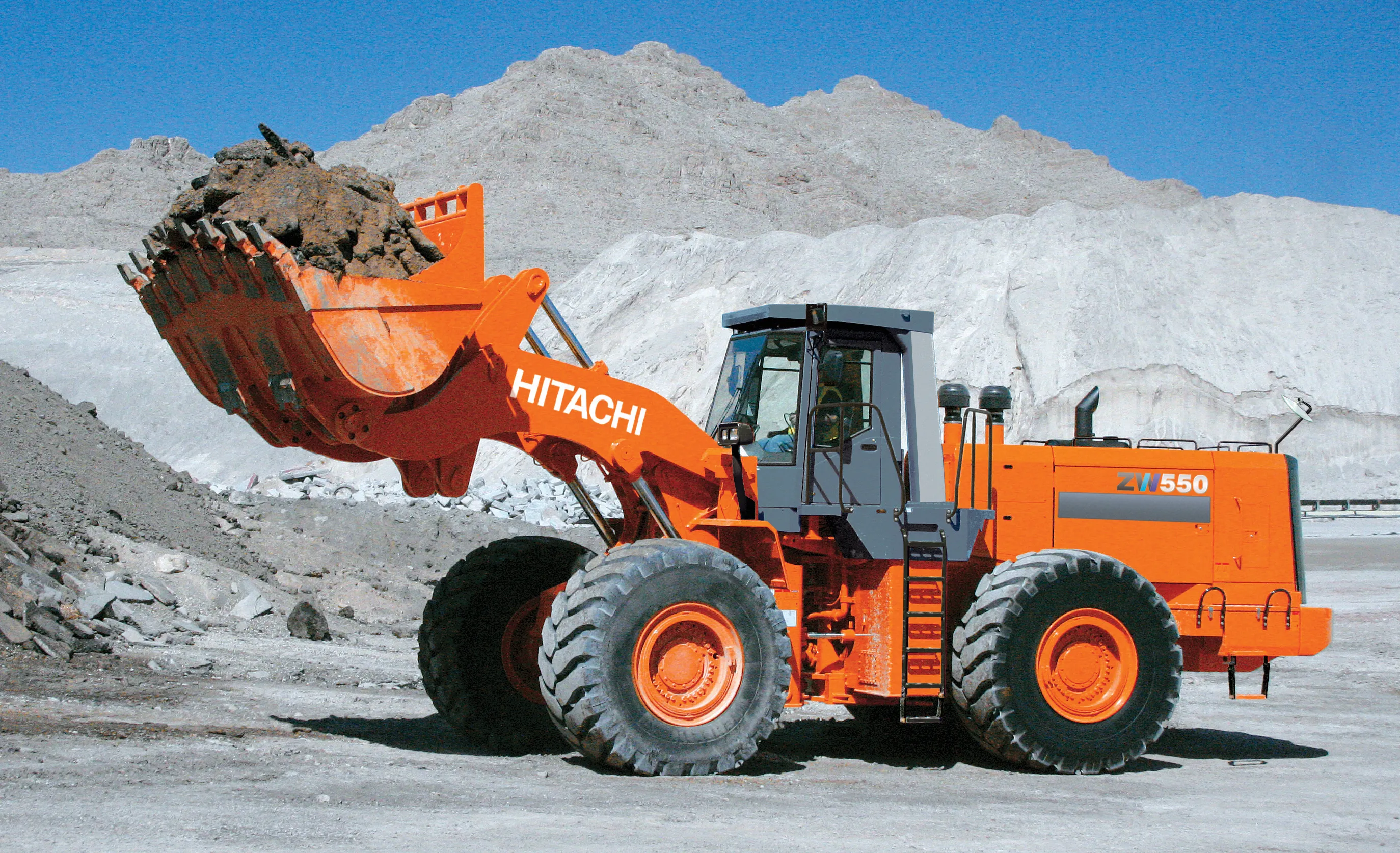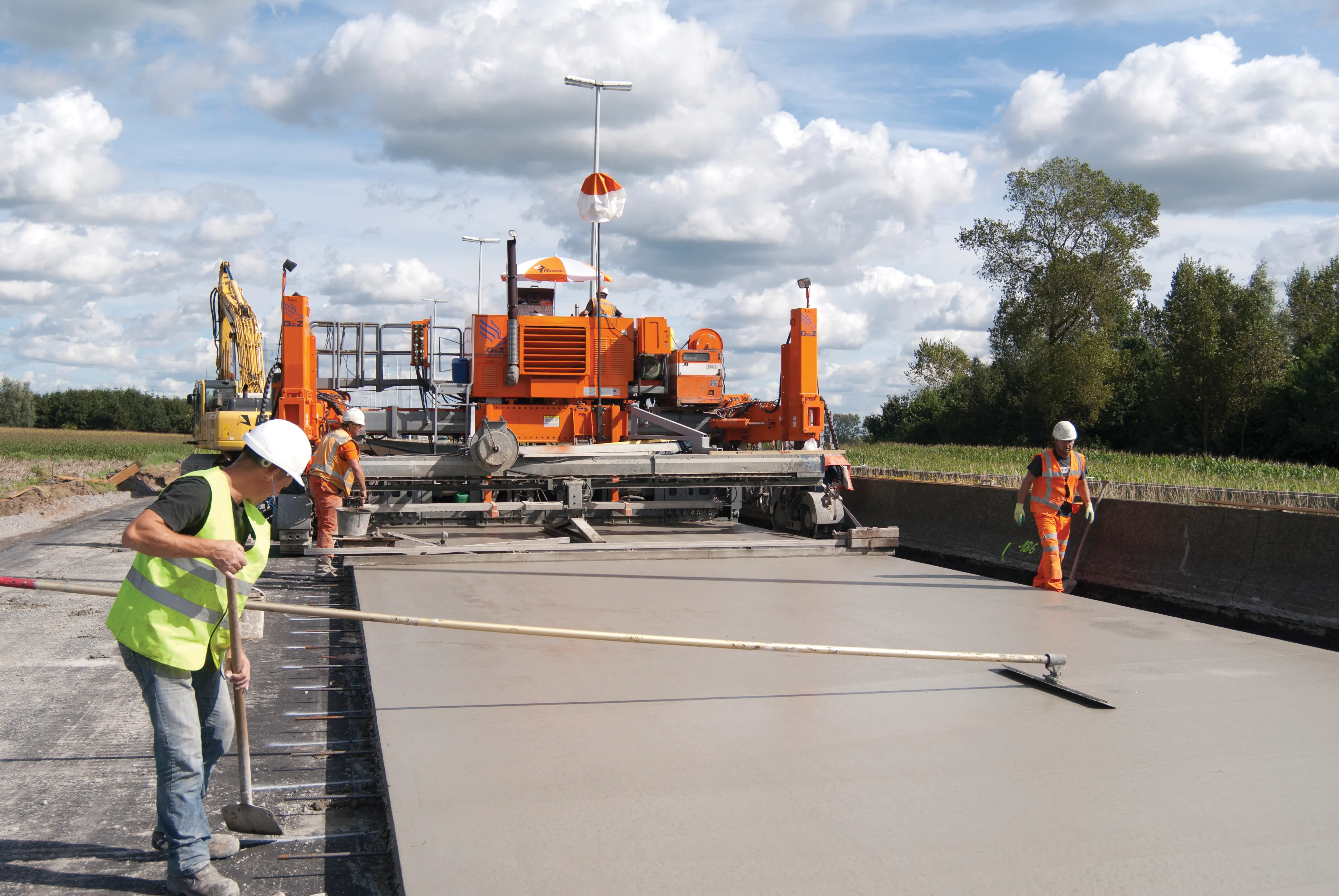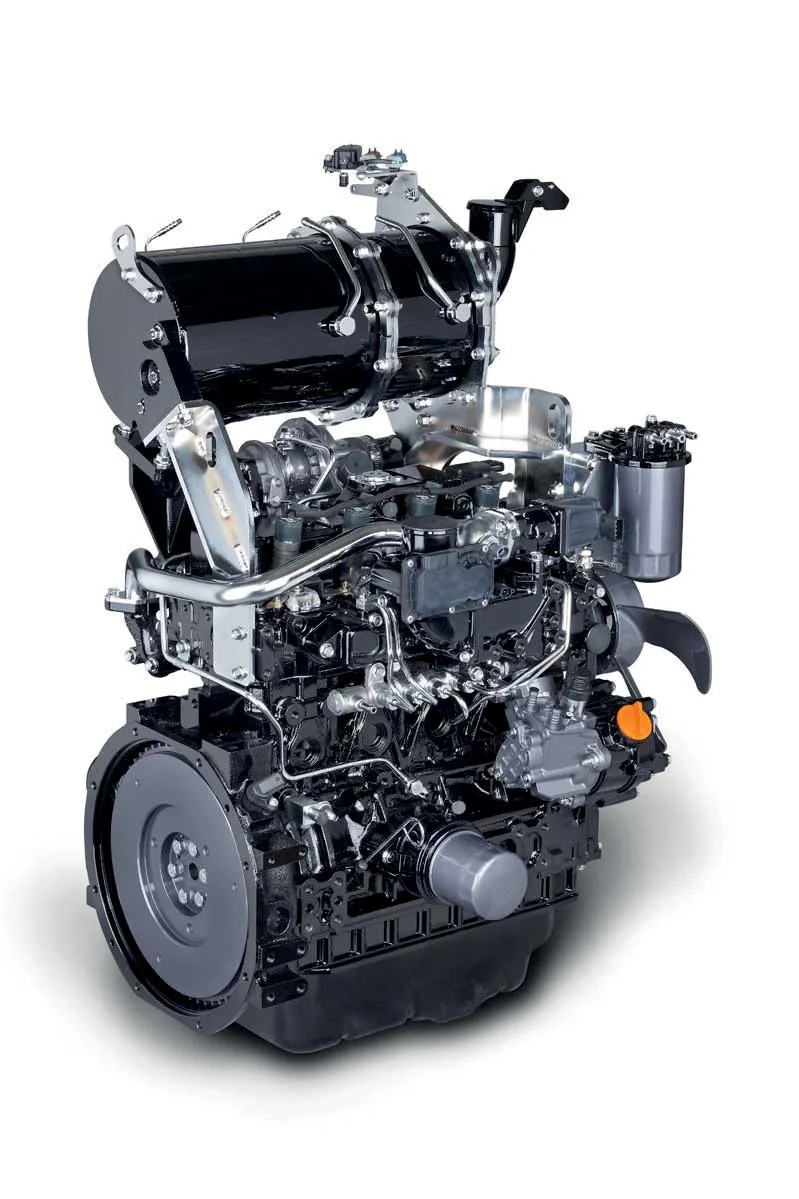
UK firm
The new BGP 308 wheeled paver features power from a JCB diesel rated at 63kW and a spokesperson for the firm said, “It’s a good engine for us,” adding that both the fuel consumption and servicing costs are comparatively low. The machine offers a production rate of up to 280tonnes/hour while the screed extends hydraulically from 2-4m, with a maximum 5m possible using bolt-on extensions. Weighing in at 8.8tonnes with its V20-40 screed, the machine features a 9.5tonne capacity hopper and is aimed at urban road applications where its mobility and versatility are required. Customers can opt for either a single tamper bar or a vibratory screed as required and the machine offers paving depths of up to 250mm. When paving, the machine operates at speeds of 0-68m/min while it can move at 0-11km/h when moving from one working area to another.
The company has also revised its diminutive C4 model, which can pave depths from 0-130mm and is powered by a Deutz diesel. The V10-25 vibratory screed offers paving widths from 1-2.5m, with the option of 250mm bolt-on extensions for either side to take the width to 3m. Paving speeds range from 0-20m/min while travel speeds are from 0-3.2km/h and this compact machine is designed for use in sites with tight space constraints.









